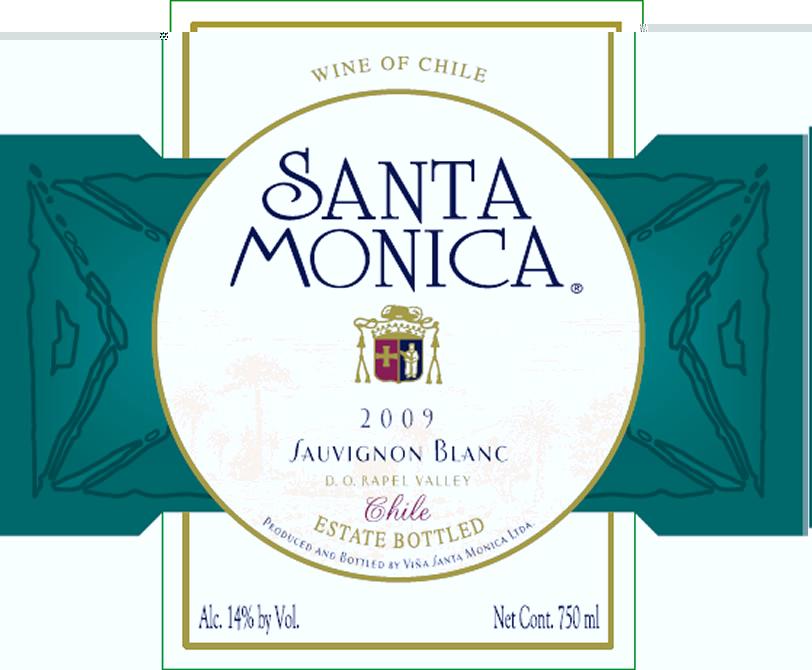2009 Rapel Valley Sauvignon Blanc
The Santa Monica Santa Monica Sauvignon Blanc from the 2009 vintage is an exquisite representation of the Rapel Valley region, known for its vibrant and crisp white wines. This wine showcases a light to medium body that is both refreshing and enjoyable. Its acidity is pronounced, providing a lively and mouthwatering quality that enhances the overall drinking experience. The fruit intensity is prominent, delivering generous notes of citrus and stone fruits that uplift the palate. This delightful Sauvignon Blanc is beautifully balanced, exhibiting a dry character that makes it a perfect companion for seafood dishes or light salads. Overall, this wine is a delightful example of the varietal and a testament to the quality of the Rapel Valley.
The Santa Monica Santa Monica Sauvignon Blanc from the 2009 vintage is an exquisite representation of the Rapel Valley region, known for its vibrant and crisp white wines. This wine showcases a light to medium body that is both refreshing and enjoyable. Its acidity is pronounced, providing a lively and mouthwatering quality that enhances the overall drinking experience. The fruit intensity is prominent, delivering generous notes of citrus and stone fruits that uplift the palate. This delightful Sauvignon Blanc is beautifully balanced, exhibiting a dry character that makes it a perfect companion for seafood dishes or light salads. Overall, this wine is a delightful example of the varietal and a testament to the quality of the Rapel Valley.




